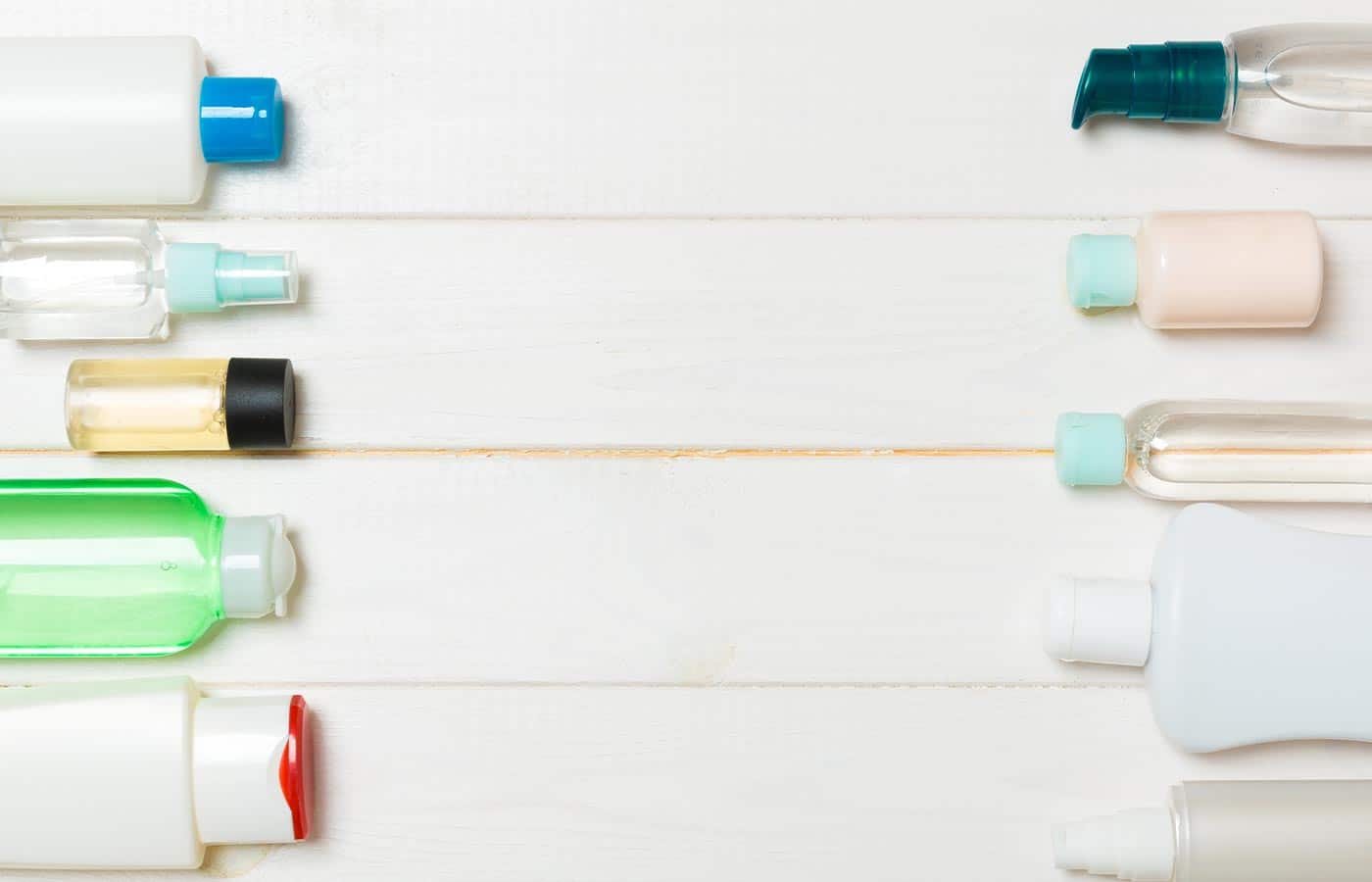
Huffing Meaning: Inhalant Abuse, Risks & Recovery
Key Points
- Huffing is the intentional inhaling of solvents, aerosols, or gases to get intoxicated.
- Short-term effects include drowsiness, slurred speech, lack of coordination, asphyxiation, and long-term risks include brain damage, heart failure, and sudden sniffing death syndrome.
- Treatment for huffing is similar to other addiction treatment plans and hinges on medical detox, behavioral therapy, and inpatient or outpatient programs.
Huffing is the intentional inhalation of volatile chemical vapors or VOCs to get rapidly intoxicated. Most commonly seen in adolescents and adults, inhalant abuse involves many common household products that have dangerous fumes, like paint thinner and assorted aerosol sprays.
While nearly all of the substances or products used for huffing are legally available, huffing can trigger serious health risks. These risks include comparatively mild drowsiness and slurred speech to potentially life-threatening suffocation and “sudden sniffing death syndrome”. The following is a deep dive into what huffing is, what products or substances are commonly abused for huffing, and the devastating effects it can have on the body.
What Is Huffing?
Huffing is the common term for inhalant abuse, and may also be called “bagging”. Inhalant abuse is a type of substance abuse where the individual inhales harmful vapors or toxic substances directly from their packaging, soaked rags, or from paper or plastic bags. They are inhaled this way to concentrate their vapors, making the effects more powerful.
Inhalants will typically fall into one of four categories. Each one contains compounds that deliver rapid depressive effects to the central nervous system, resulting in euphoria, significantly impaired judgment, and potentially fatal respiratory depression.
- Volatile Solvents: Liquids that vaporize at room temperature, such as paint thinner, correction fluid, and toluene-based glues.[1]
- Aerosols: Propellant sprays found in deodorant, whipped cream canisters, and spray paint.[2]
- Gases: Medical-grade or household gases like nitrous oxide (whippets), propane, and butane.
- Nitrites: Often called “poppers,” these are used to enhance sexual experiences and include amyl nitrite sold as room deodorizers.
Commonly Abused Inhalants
While we certainly don’t have the time to list all possible products that could be abused here, nor would it be prudent, there is a long list of everyday products that inhalant users abuse for their toxic chemicals.
Volatile Solvents
- Paint Thinner: Paint thinner often contains hydrocarbons, such as toluene, that can quickly and easily damage the tissues of the brain and liver.
- Glues: Glues are another type of product that is frequently abused due to their impairment, often caused by toluene or solvent-based formulations, which are linked to severe nerve pain and organ damage due to their chemical odors.
- Correction Fluid: Liquid correction fluid often contains xylene or acetone, which are both used for inhalant abuse, and cause high levels of neurotoxicity.
Gases
- Propane & Butane: Compounds commonly sold for lighter fluid or outdoor cooking fuel are inhalants that can cause death even in first-time users.
- Nitrous Oxide: A gas commonly used in whipped cream dispensers, nitrous oxide, also known as “whippets,” is involved in the use of inhalants and can cause asphyxiation and cardiac issues.
Aerosols
- Spray Paint: Contains solvents and propellants that cause muscle weakness and impaired coordination.
- Spray Deodorant: Aerosol deodorants, although convenient, can cause drowsiness in individuals who abuse inhalants and pose a risk of respiratory chemical burns.
Immediate and Short-Term Effects
The immediate effects of inhalant abuse are generally fairly obvious. Shortly after users inhale the toxic chemicals, their central nervous system becomes depressed, and they begin experiencing a lack of coordination. This can make even simple tasks, such as walking or talking, difficult.[3]
Other common short-term effects include a brief sense of euphoria or detachment, followed by substantially slurred speech and a high degree of confusion. Muscle weakness follows and can cause the user to trip or fall. Finally, in rare cases, the user may experience vivid hallucinations or waking dreams.[4]
Acute inhalant use can lead to nausea, vomiting, and persistent headaches. Since inhalants take the place of oxygen in the lungs, users will often suffer some of the effects of hypoxia, while assuming a substantial risk of asphyxiation during just a single session.[5]
Long-Term Health Consequences
While the short-term effects of inhalant drug use are staggering, the long-term effects of chronic inhalant drug abuse are worse. Using inhalants for long periods leads to widespread damage to every organ system in the body. Repeated exposure to cleaning fluids and solvents like toluene can cause significant disruption in proper neurotransmitter balance, which has been shown to cause cognitive impairment, memory loss, and reduced IQ.[6]
Another side effect of long-term use is the demyelination of nerve fibers, causing severe nerve pain and constant peripheral neuropathy. Damage to the cardiac system presents as arrhythmias, cardiomyopathy, and a far higher risk of heart failure. Respiratory problems nearly all stem from the irreversible damage to the tissue of the lungs. At the same time, untreatable toxicity in the liver and kidneys results from constantly metabolizing toxic gases, displacing oxygen in the blood.[7]
Sudden Sniffing Death Syndrome
Sudden sniffing death syndrome (SSDS) refers to fatal cardiac arrest caused by arrhythmias resulting from inhalant-based substance use disorders.[8] Chemicals that are commonly abused, including butane, propane, and volatile organic compounds, sensitize the heart to adrenaline. This means that even minor stress can cause fibrillation, and since SSDS can occur on a first-time or early use, it can leave victims collapsing on the ground just a few minutes after starting to use.
Since the abused inhalants displace oxygen, the cardiac risk is further compounded and complicated by respiratory depression. First responders and EMTs can encounter victims who appear to be unconscious and without any external injuries, which can make diagnosis incredibly complicated and error-prone.
SSDS is the main indicator that no amount of huffing is safe, and even experimental use can lead to life-threatening complications or lifelong diminished function.[9] If you or someone you know is experiencing huffing, the two most urgent objectives are to stop immediately and seek professional medical attention.
Risk Factors & Prevalence
Risk factors for huffing can be difficult to isolate, though inhalant abuse is most commonly seen in adolescents experimenting with the inhalation of household products. Easy access to needed compounds in the garages, art rooms, classrooms, and workshops that are common in daily life makes inhalants appealing for first-time drug use, and difficult to limit access to.
Marginalized populations, such as those facing homelessness or unaddressed mental health challenges, also tend to show higher rates of huffing, often using the chemicals to self-medicate through anxiety or depression.
Substance Abuse and Mental Health Services Administration data shows that 26 million Americans 12 or older have tried inhalants at least once in their lives.[10] This prevalence peaks in middle-school-aged children but declines in older age groups, while remaining popular among young adults in correctional settings.
The biggest risk factors include peer pressure, family dysfunction, and lack of awareness about life-threatening effects, such as sudden sniffing death syndrome. This is why early education and community programs targeting middle-school students are essential to reduce the initiation of huffing or similar substance use disorders.
Treatment & Recovery Options
Preventing huffing starts with education and safe home practices.[11] Educate adolescents about the dangers of inhalants through school programs and community workshops. Parents, teachers, and healthcare providers should always be vigilant for signs that could indicate trouble, such as empty solvent or glue containers, unexplained chemical odors, or sudden changes in a child’s behavior. Collaboration between schools, families, and treatment centers strengthens prevention efforts and lowers inhalant use disorder rates.
Prevention Strategies
- Create age-appropriate courses that cover the dangers of inhalant use and abuse, including SSDS, cognitive impairment, and severe organ damage.
- Store any potential inhalants in locked cabinets or out of reach, limiting access to only those who may need them.
- Watch for diminishing quantities or obvious odors in home gas and solvent supplies, which may indicate huffing activity.
- Encourage healthy participation in sports, art, and music, teach healthy coping skills, and ensure social connection.
- Ensure that you and nearby adults can recognize the early warning signs.
Avoid the Dangers of Huffing
Huffing is a highly dangerous and unique form of substance abuse that can have both immediate and long-term health consequences, including sudden death. If you or someone close to you struggles with inhalant use or an addiction to the effects of inhalants, getting professional help quickly is critical. Early intervention, a supervised medical detox, and reliance on evidence-based treatment programs can offer the best chances for a positive treatment outcome and long-lasting recovery.
Frequently Asked Questions About Huffing Meaning
Can inhalant abuse be fatal on the first try?
Yes. Sudden sniffing death syndrome can cause fatal cardiac arrest even during initial use, as solvents sensitize the heart to arrhythmias.
What withdrawal symptoms occur with inhalant use disorder?
Users may experience headaches, nausea, tremors, irritability, and intense cravings that compel repeated use.
How can I help a loved one who is huffing?
Approach them non-judgmentally, express concern, and encourage them to evaluate the possibility of attending an addiction treatment center. Professional detox and behavioral therapy are essential for recovery.
Sources
[1][2]Corporate Author US Dept of Justice. (n.d.). NCJRS Virtual Library. Huffing: The Abuse of Inhalants | Office of Justice Programs. https://www.ojp.gov/ncjrs/virtual-library/abstracts/huffing-abuse-inhalants
[3][4][5][7]Drug fact sheet: Inhalants. (n.d.-a). https://www.dea.gov/sites/default/files/2020-06/Inhalants-2020_1.pdf
[6][10]Woodward, J. J., & Braunscheidel, K. M. (2023, March). The effects of the inhalant toluene on cognitive function and behavioral flexibility: A review of recent findings. Addiction neuroscience. https://pmc.ncbi.nlm.nih.gov/articles/PMC9928149/#R5
[8]HM;, H. (n.d.). Mechanisms involved in cardiac sensitization by volatile anesthetics: General applicability to halogenated hydrocarbons?. Critical reviews in toxicology. https://pubmed.ncbi.nlm.nih.gov/18941968/
[9]U.S. Department of Health and Human Services. (2024a, September 18). Inhalants. National Institutes of Health. https://nida.nih.gov/research-topics/inhalants#addictive
[11]U.S. National Library of Medicine. (n.d.). Inhalants. MedlinePlus. https://medlineplus.gov/inhalants.html


